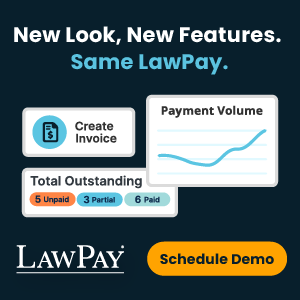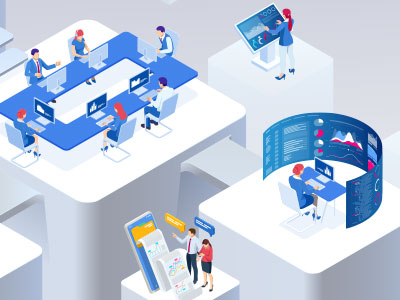Although that study is relatively recent, the advent of independent, generative AI-powered applications has potentially already increased the so-called “toggle tax.” For law firms in particular, shifting out of case-focused work into administrative applications to record time is a common source of headaches. Now that legal professionals are experimenting with generative AI tools outside their existing tech stack to manage time-intensive document research and preparation, it takes more clicks to get the job done. The convenience gained by leveraging these tools is quickly offset by the time spent navigating to them.
That doesn’t mean law firms should avoid adopting generative AI entirely. In fact, leadership should encourage broader use and exploration of new applications for the technology. The unprecedented value AI brings to legal workflows is already driving adoption at a rate that will only accelerate. However, rather than pulling information and content into external generative AI tools, firms need to look for ways to bring AI into their existing solutions to cut the toggle tax.
The unprecedented value AI brings to legal workflows is already driving adoption at a rate that will only accelerate.
The Challenges of AI in a Disparate Tech Stack
Consider the number of legal applications a law firm uses on a daily basis. It may have a solution for document management, one for secure messaging and another for gathering signatures. Add solutions for new client intake and time tracking/billing, and the tech stack grows even more complex.
When generative AI platforms are separate from the firm’s legal tech stack, information must be gathered and removed from the trusted security of these solutions and then transferred to the AI application. Typically, these external AI tools don’t have access to the firm’s knowledge base, further siloing their capabilities. They’re point solutions, helpful in the short-term, but ultimately require another set of clicks to get the job done.





